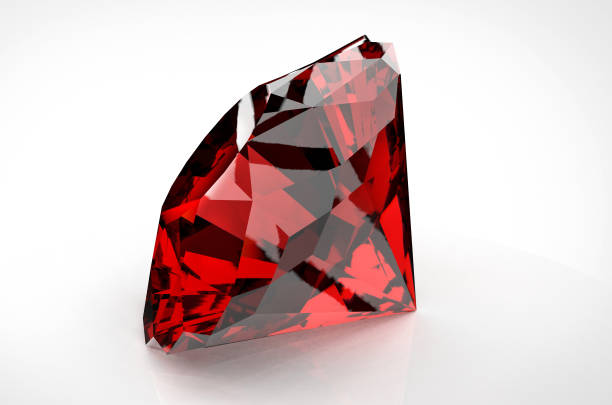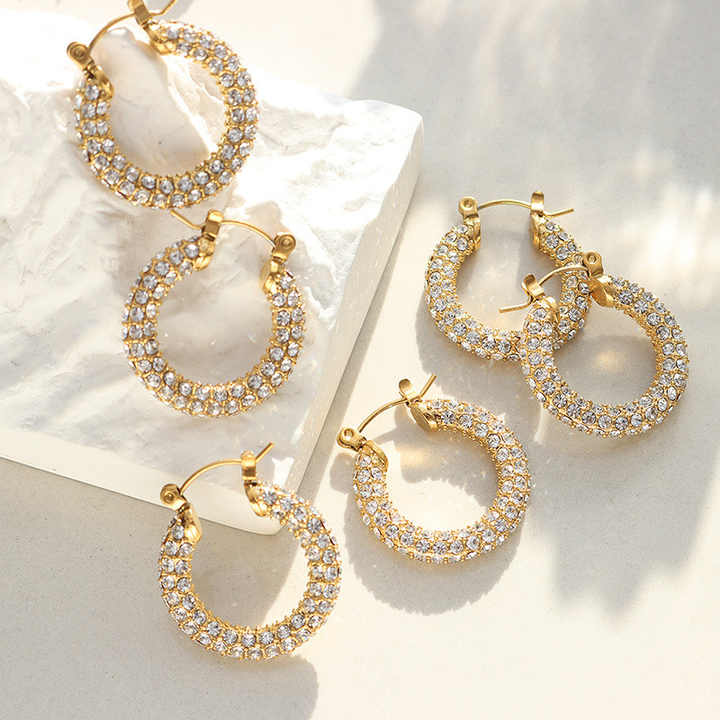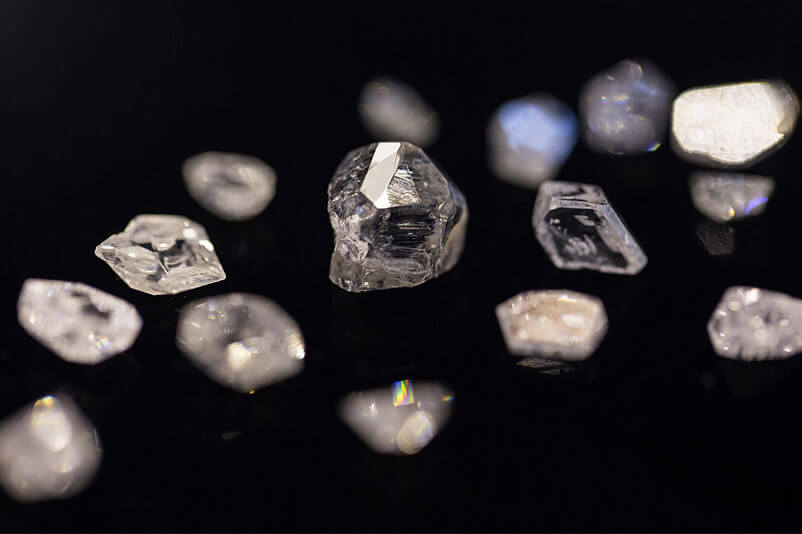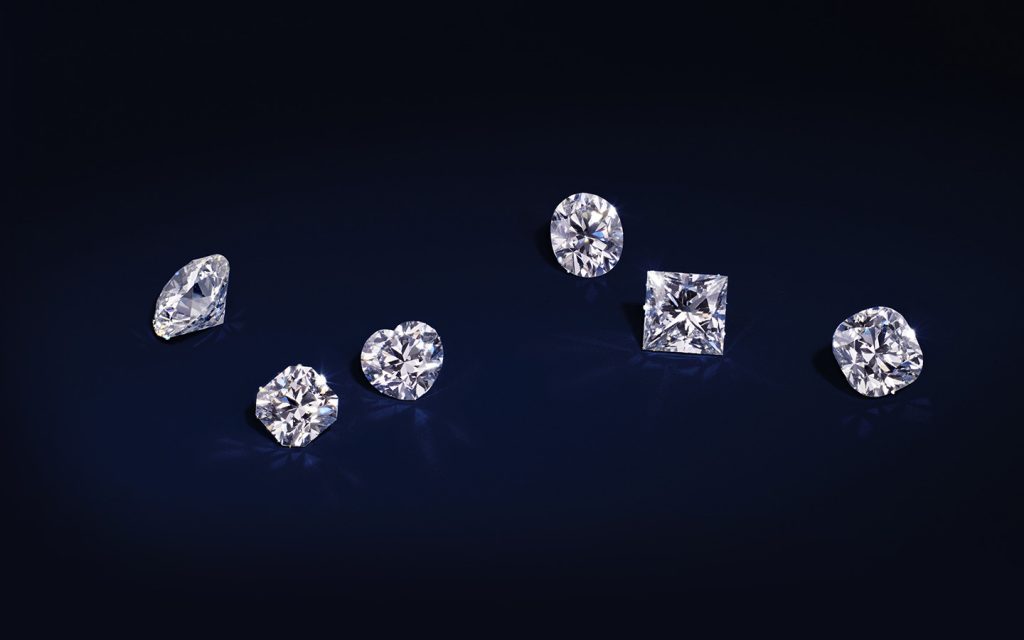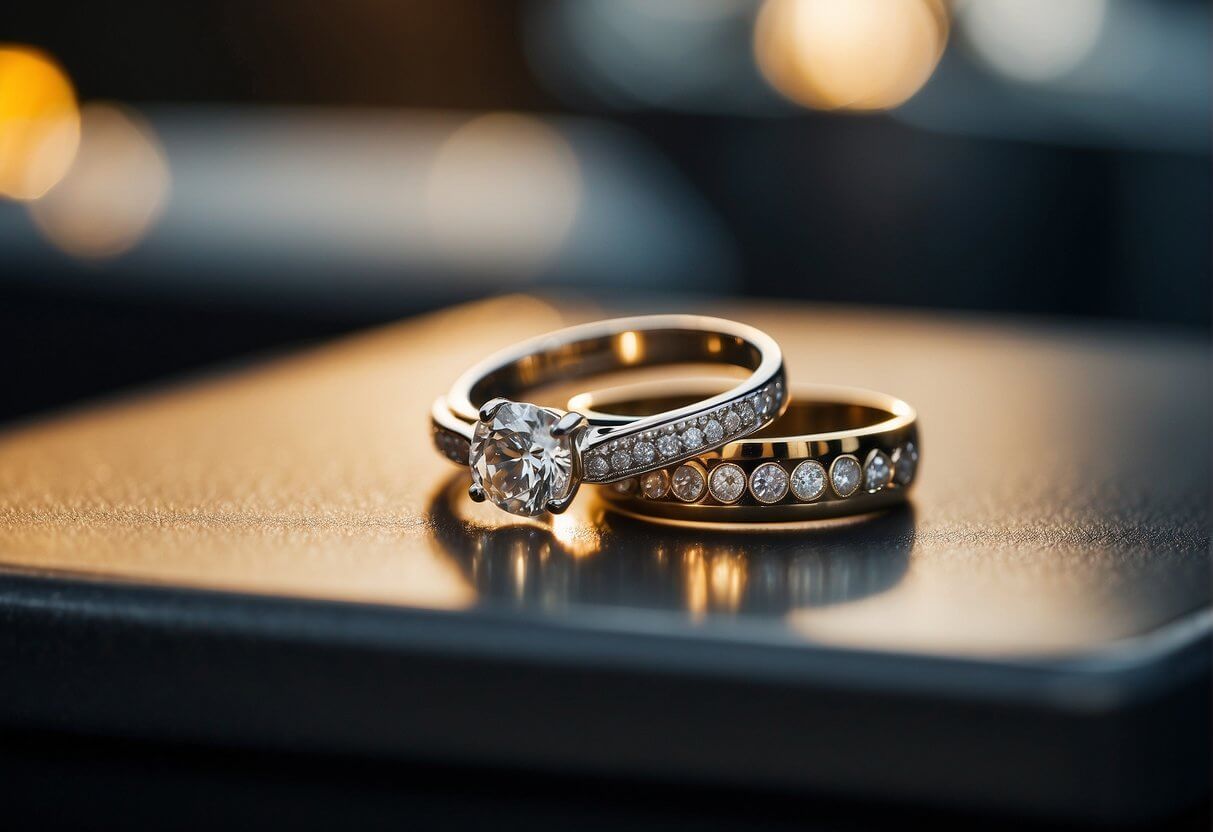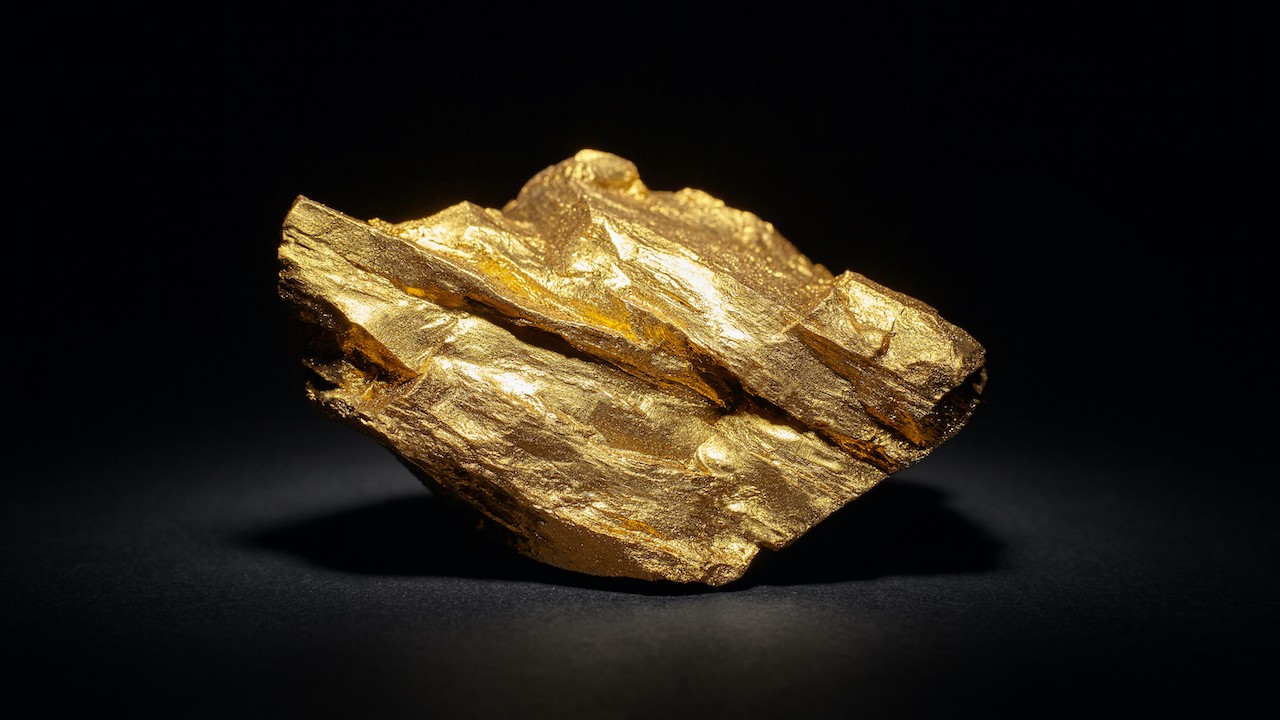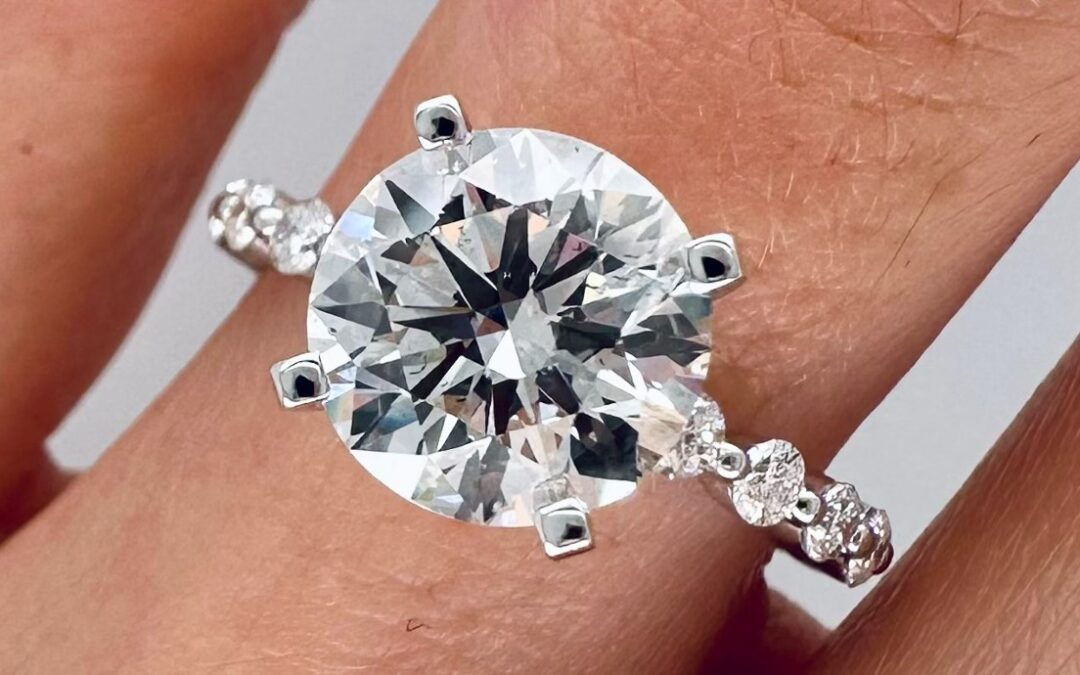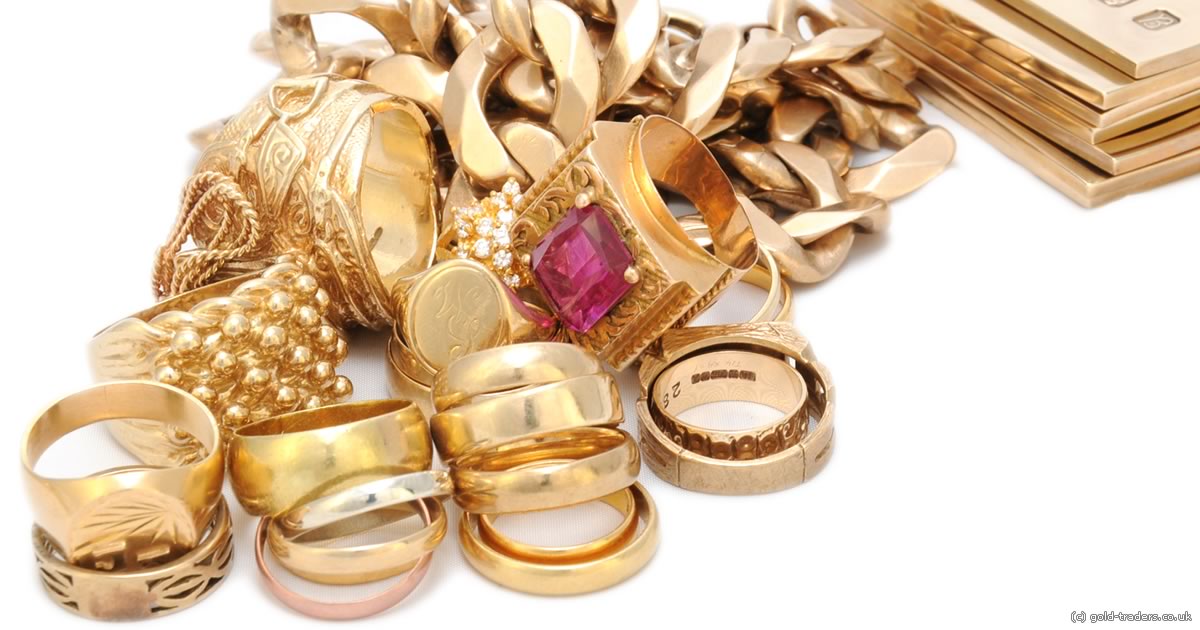When shopping for a diamond, whether for an engagement ring or any special jewelry, two of the most critical aspects you’ll come across are diamond colour and clarity. These characteristics define the visual appeal and overall value of a diamond. However, with the rise of lab made diamonds, understanding how these factors apply to both natural and lab-created stones is more essential than ever.
In this article, we’ll walk you through the diamond colour and clarity chart, explain its significance, and explore how it relates to lab made diamonds. Whether you’re a first-time buyer or a seasoned gem enthusiast, this guide will help you make a more informed decision.
What is Diamond Colour?
Diamond colour refers to the presence or absence of color in a white diamond. While many diamonds may appear colorless to the naked eye, subtle shades of yellow or brown can significantly affect the stone’s appearance and value.
The industry standard for grading diamond colour is the diamond colour and clarity chart, developed by the Gemological Institute of America (GIA). This chart assigns diamonds a letter grade from D (colorless) to Z (light yellow or brown).
Diamond Colour Grades:
| Grade | Description | Visibility of Colour |
|---|---|---|
| D-F | Colorless | No color visible |
| G-J | Near Colorless | Slight traces, still bright |
| K-M | Faint Color | Noticeable yellow tint |
| N-R | Very Light Color | Visible yellow/brown hue |
| S-Z | Light Color | Easily seen yellow tint |
When evaluating lab made diamonds, you’ll find that they follow the same grading system. Many lab-created diamonds often score better in colour grades due to the controlled environment in which they are made.
Understanding Diamond Clarity
Clarity is a measure of the internal flaws (inclusions) or surface blemishes a diamond has. The clearer a diamond, the higher its brilliance and value. Again, the GIA’s diamond colour and clarity chart is used to classify clarity.
Diamond Clarity Grades:
| Grade | Description |
|---|---|
| FL (Flawless) | No inclusions or blemishes visible under 10x magnification |
| IF (Internally Flawless) | No internal flaws, only surface blemishes visible |
| VVS1-VVS2 | Very, Very Slightly Included – Extremely difficult to see flaws |
| VS1-VS2 | Very Slightly Included – Minor inclusions |
| SI1-SI2 | Slightly Included – Noticeable under magnification |
| I1-I3 | Included – Flaws visible to the naked eye |
One of the appealing features of lab made diamonds is that they typically have fewer inclusions compared to mined diamonds. This is because the lab environment allows for better control over the growing process, minimizing imperfections.
Why the Diamond Colour and Clarity Chart Matters
The diamond colour and clarity chart provides a universal standard for assessing and comparing diamonds. Whether you’re buying a natural diamond or choosing from a selection of lab made diamonds, this chart helps ensure transparency and confidence in your purchase.
Here’s why this chart is essential:
-
Helps set pricing: Diamonds with higher colour and clarity grades are generally more valuable.
-
Guides customization: When creating a custom ring, understanding the chart allows you to prioritize what’s most important.
-
Applies to all diamonds: The same standards apply to both natural and lab made diamonds, making comparison straightforward.
Lab Made Diamonds vs. Natural Diamonds
Lab made diamonds are real diamonds created in a laboratory using advanced technology that mimics the natural diamond formation process. They have the same physical, chemical, and optical properties as mined diamonds.
Here’s how they compare:
| Feature | Natural Diamonds | Lab Made Diamonds |
|---|---|---|
| Origin | Earth-formed | Lab-grown |
| Clarity Control | Limited | Highly controlled |
| Colour Range | Broad | More consistent |
| Environmental Impact | High | Low |
| Price | Expensive | 20–40% less |
Because of their controlled creation, lab made diamonds often have superior clarity and consistent colour grading. As a result, many buyers find better value in lab-created stones when using the diamond colour and clarity chart as a benchmark.
Choosing the Right Diamond Using the Chart
Here are some tips for using the diamond colour and clarity chart when selecting your diamond:
-
Balance is Key: You don’t need the highest grade in both colour and clarity. A G colour and VS1 clarity might be a smarter choice than a D/IF combination when considering price.
-
Look at the Setting: The metal you choose can affect how colour appears. White gold or platinum enhances colourless stones, while yellow gold can mask lower colour grades.
-
Consider Size: Inclusions are more visible in larger stones. Clarity becomes more important as carat size increases.
-
Opt for Lab Made Diamonds: If you’re on a budget but still want a high-grade diamond, lab made diamonds offer excellent quality for less.
Are Lab Made Diamonds Worth It?
Absolutely. The perception of lab made diamonds has shifted dramatically in recent years. Not only are they ethical and sustainable, but they also offer comparable — and often better — quality at a significantly reduced cost.
When viewed through the lens of the diamond colour and clarity chart, lab made diamonds frequently perform just as well, if not better, than many mined diamonds. You get more sparkle for your money without sacrificing beauty or value.
Conclusion
Navigating the world of diamonds doesn’t have to be complicated. By understanding the diamond colour and clarity chart, you can make smarter, more confident choices whether you’re buying a classic natural diamond or one of the increasingly popular lab made diamonds.
These charts give you the tools to assess quality, compare options, and ultimately select a diamond that matches your style, budget, and values. In a market where lab made diamonds are reshaping the industry, having a firm grasp of colour and clarity is more valuable than ever.
FAQs
Q1: Are lab made diamonds graded on the same chart as natural diamonds?
Yes, the diamond colour and clarity chart is used universally for grading both natural and lab made diamonds.
Q2: Can you visually tell the difference between lab made and natural diamonds?
No, even experts need specialized equipment to distinguish them. To the naked eye, lab made diamonds are identical.
Q3: Do lab made diamonds have fewer inclusions?
Generally, yes. Since they are created in controlled environments, lab made diamonds often have better clarity.
Q4: Is colour or clarity more important?
It depends on personal preference. Use the diamond colour and clarity chart to find a balance that works for your budget.
Q5: Are lab made diamonds a good investment?
While not as rare, lab made diamonds offer excellent value, especially when prioritized for quality and beauty over resale.



